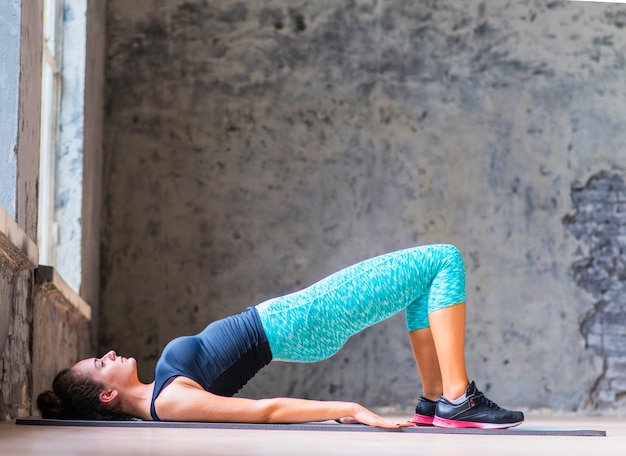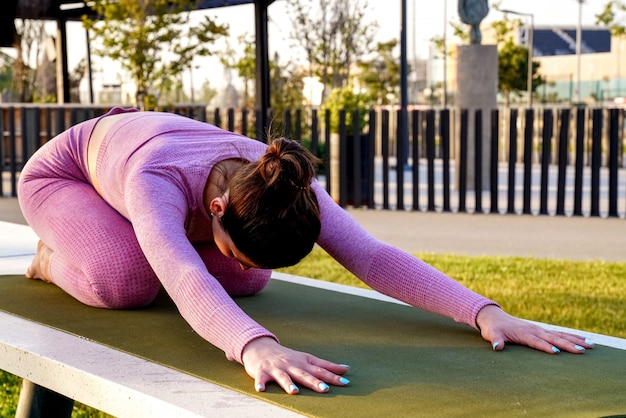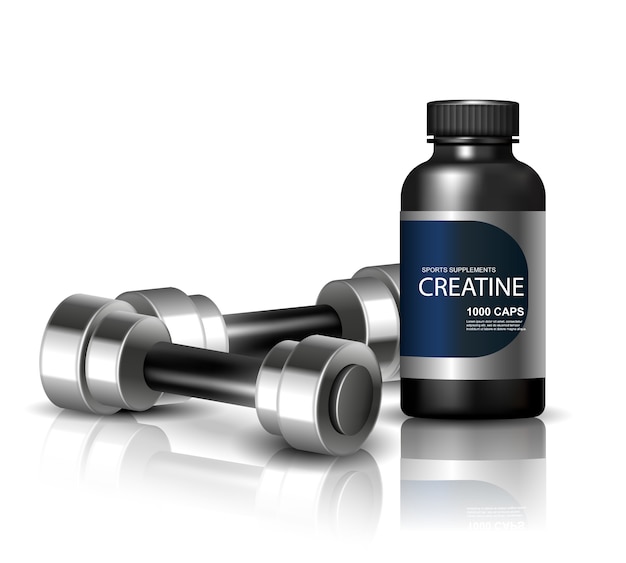When it comes to fitness and long-term wellness, one of the most overlooked yet powerful tools is stretching. But not all stretching is created equal. Should you be holding a hamstring stretch for 30 seconds before your run? Or moving through leg swings and arm circles? The answer lies in understanding the difference between static and dynamic stretching — and how each fits into a strategy for eating healthier, staying consistent, and measuring progress weekly.
Dynamic stretching involves active movements that take your muscles and joints through a full range of motion. These stretches are performed with motion — think leg swings, walking lunges, or arm circles — and are designed to increase blood flow, warm up the body, and activate the nervous system.
According to research highlighted by Healthline and Runner's World, dynamic stretching is most effective before physical activity. It prepares your body for movement by mimicking the actions you're about to perform, reducing stiffness and improving coordination.

Static stretching, on the other hand, involves holding a stretch in a fixed position for a period of time — typically 15 to 60 seconds. Examples include touching your toes to stretch your hamstrings or pulling your arm across your chest to stretch the shoulder.
As noted by WebMD and AOL, static stretching is best used after a workout or physical activity. It helps cool down the body, improve flexibility over time, and reduce muscle soreness. However, studies suggest that doing static stretches before exercise may temporarily reduce muscle strength and power, making them less ideal as a warm-up.
The key isn’t choosing one over the other — it’s using each at the right time.
For runners, athletes, or anyone doing HIIT, dynamic warm-ups are essential. A study cited by Medical News Today found that dynamic stretching enhances performance and reduces injury risk when used pre-exercise.
Stretching isn’t just about flexibility — it’s a gateway to better habits. When you commit to a routine that includes proper warm-ups and cool-downs, you're more likely to stay consistent with your workouts. And consistency is the foundation of lasting change.
Experts recommend stretching 5 to 10 minutes before and after exercise (Healthline). This small time investment can lead to improved mobility, reduced pain, and healthier aging (Health on MSN). Over time, these physical benefits make it easier to stick to healthy eating and active living.
Here’s how to integrate stretching into a sustainable health plan:

Here’s a simple weekly routine combining both types of stretching:
Over time, you’ll notice better movement quality, fewer aches, and increased motivation to eat well and stay active.
Dynamic and static stretching each have their place. Use dynamic stretches to prepare your body for action and static stretches to recover and improve flexibility. When combined with a focus on consistency and weekly progress tracking, stretching becomes more than just a physical practice — it’s a mindset for lasting health.
Start small, stay consistent, and let your body’s improvements guide your journey toward a healthier, more active life.

Fitness

Fitness

Fitness

Fitness

Health

Wellness

Health

Fitness

Health

Wellness

Wellness
Health

Health

Fitness

Health

Health